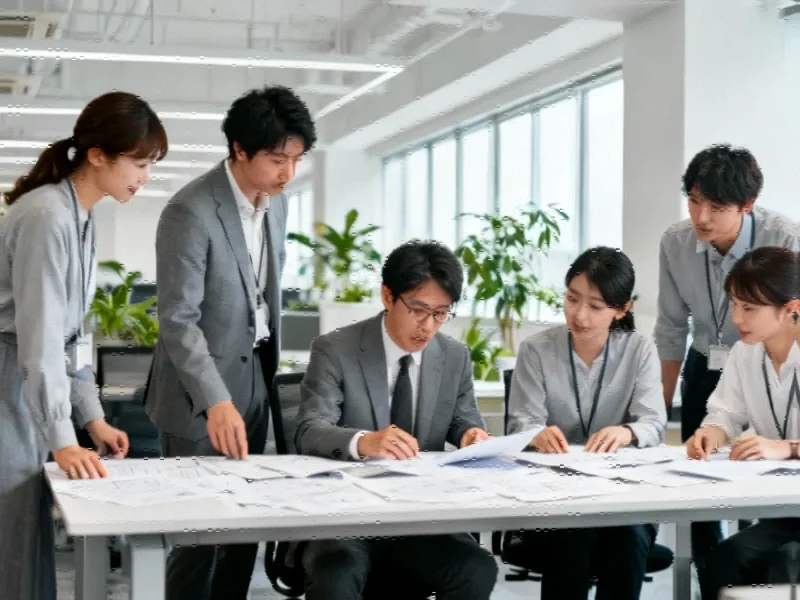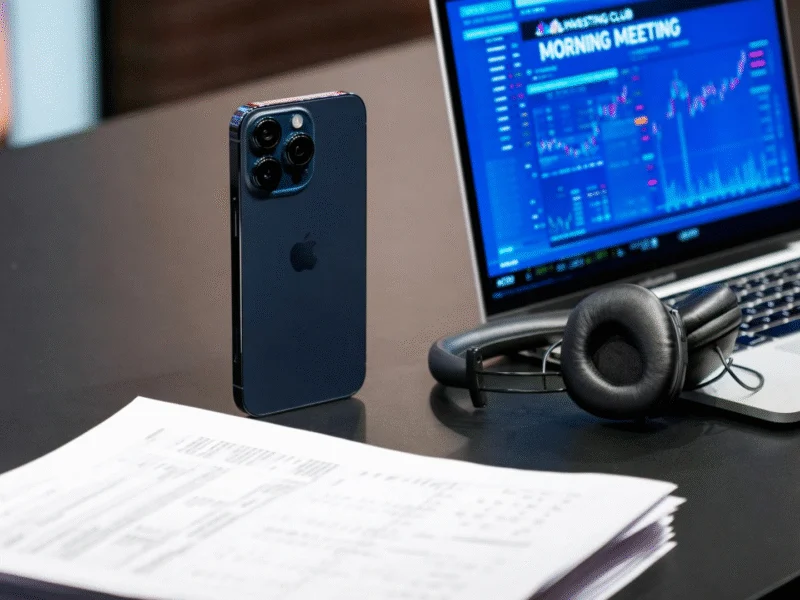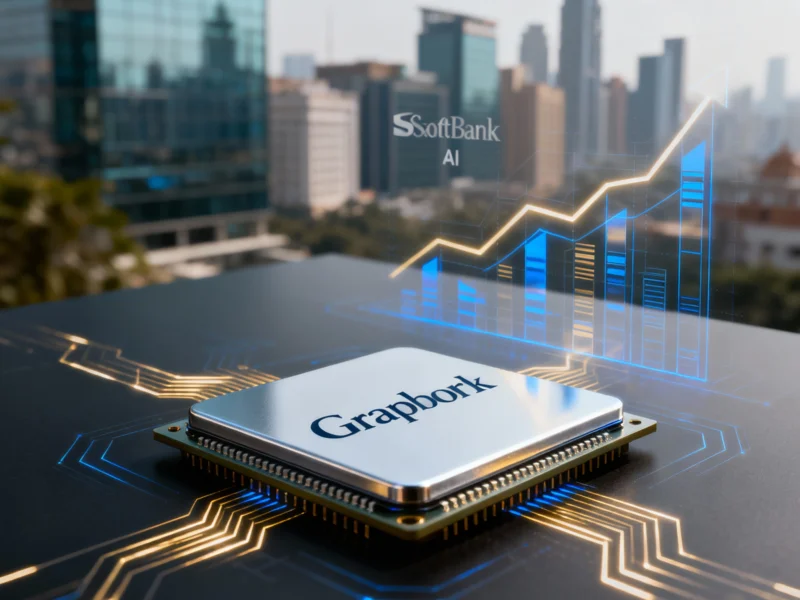Private Equity’s Transformative Approach in Japan
Global private equity firm KKR is pioneering a significant shift in Japan’s corporate landscape through the introduction of employee ownership programs. This initiative comes as the private equity industry faces increasing pressure to improve its public perception during a period of intense dealmaking activity in the country. The move represents a strategic evolution from traditional private equity approaches toward more inclusive business models that benefit both investors and workers.
Ownership Works Goes International
Japan has become the first international expansion site for Ownership Works, a private equity-backed program founded in the United States in 2022. The organization aims to provide blue-collar employees with equity stakes in their workplaces, creating a more direct connection between worker effort and financial rewards. This international expansion demonstrates how private equity firms are adapting their strategies to local markets while maintaining core principles of value creation.
The initiative has set an ambitious target of delivering $20 billion in equity to workers globally by 2030. With more than 100 partner companies including major firms like Apollo Global Management, TPG, and Silver Lake, Ownership Works has already generated approximately $1 billion in employee payouts since its inception.
Addressing Japan’s Unique Corporate Challenges
Pete Stavros, KKR’s co-head of private equity and founder of Ownership Works, identified Japan as particularly well-suited for this program due to its distinctive employment characteristics. “Japan’s got an insanely low quit rate but an employee engagement score that’s far worse than America,” he noted. “It ranks 137th out of 141 countries on employee engagement.”
This assessment aligns with recent research, including a Gallup report indicating that only 7 percent of Japanese employees report being engaged at work, placing the country near the bottom globally. The employee ownership model seeks to address this disconnect by giving workers a tangible stake in their companies’ success, potentially transforming their relationship with their employers.
Government Support and Changing Perceptions
The program’s official launch in Tokyo signals a remarkable shift in how private equity is viewed in Japan. Senior government officials and regulators scheduled to attend the event contrasts sharply with the industry’s reception two decades ago, when Western firms were frequently labeled as “vultures” in local media.
Stavros highlighted the government’s interest in the initiative, noting that “there’s a big priority to get more appreciating assets in the hands of households in Japan.” This aligns with broader governmental efforts to encourage retail stock investment and wealth distribution. The program’s introduction coincides with other significant financial sector innovations occurring globally.
Building a Coalition of Support
The Japan affiliate of Ownership Works has attracted support from diverse investors, including Warburg Pincus and Japan Industrial Partners, alongside major banks such as Mizuho and SMBC. This broad backing indicates growing recognition within the financial community that employee ownership can create sustainable value.
Advisers within KKR suggest the program provides reassurance to the Japanese government that wealth generated through private equity transactions will be distributed more broadly among workers. Additionally, participation in such initiatives may provide competitive advantages during acquisition processes, as companies demonstrate their commitment to equitable wealth distribution.
Addressing Criticism and Measuring Impact
Some critics have questioned whether the program’s payouts—typically occurring when portfolio companies are sold—represent genuine ownership or merely function as one-time cash bonuses. Ownership Works and KKR have responded by emphasizing that they encourage new owners to continue the practice, creating lasting change in corporate culture.
The tangible benefits of employee ownership are supported by KKR’s internal data. The firm reports that more than 75 of its portfolio companies have awarded billions of dollars in equity to over 180,000 non-senior management employees. Stavros provided compelling performance metrics, noting that approximately a dozen companies that completed full investment cycles with employee ownership programs generated returns around three and a half times invested capital, significantly above the firm’s average of two and a half times.
Broader Industry Implications
KKR has already implemented two employee ownership deals in Japan, with Bushu Pharma in the previous year and enterprise software developer Yayoi more recently. These initiatives represent part of a larger trend toward workforce development and employee engagement strategies that recognize workers as stakeholders in corporate success.
The movement toward employee ownership in Japan occurs alongside other significant technological and industrial collaborations that are reshaping global business practices. Similarly, recent intellectual property developments in other sectors demonstrate how companies are adapting to new competitive landscapes.
The Future of Inclusive Capitalism in Japan
As private equity continues to expand its presence in Japan, with investments in thousands of listed companies, initiatives like Ownership Works may become increasingly important for maintaining social license to operate. The program represents a meaningful step toward addressing wealth inequality while potentially enhancing company performance through improved employee engagement.
While Stavros denies any “grand political assessment” behind the initiative, the timing and reception suggest that private equity firms are becoming more sophisticated in their approach to stakeholder management. As Japan continues its economic transformation, employee ownership models may play a crucial role in building more resilient companies and more equitable wealth distribution systems.
This article aggregates information from publicly available sources. All trademarks and copyrights belong to their respective owners.
Note: Featured image is for illustrative purposes only and does not represent any specific product, service, or entity mentioned in this article.



